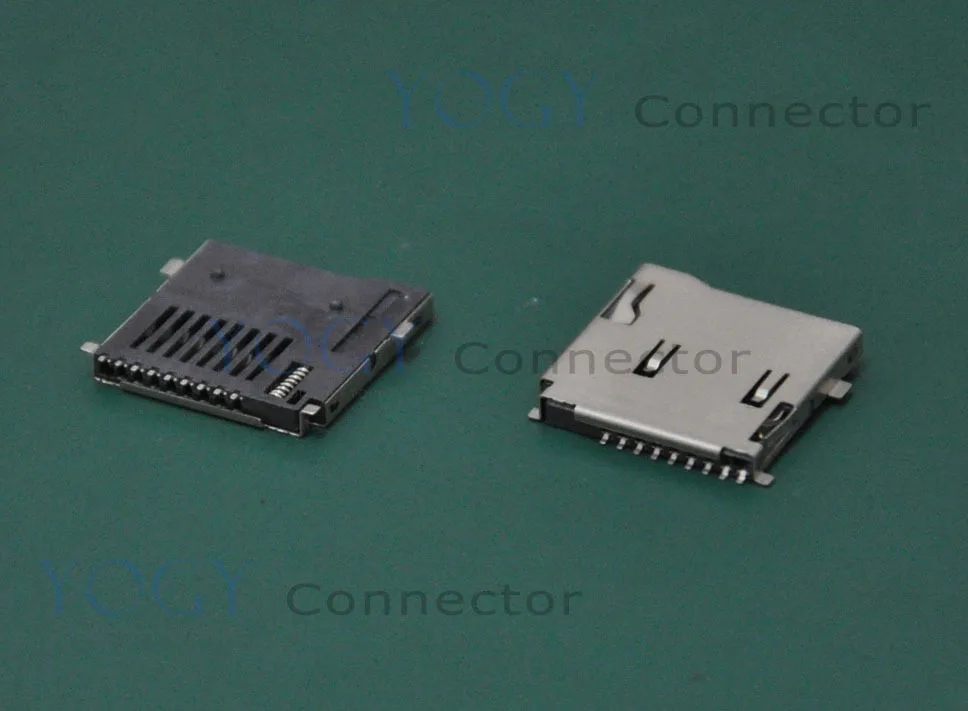Writing to the card generates heat, and with a smaller surface (even with the adapter) it's harder to get rid of that heat. If you shoot a lot or do video I'd be concerned.
Does heat really matter if heat has no effect on card performance? Solid state flash memory can handle plenty of heat. Think of all the heat going on in our smartphones. Flash memory in smartphones can handle it. I have a micro SD card in my LG G4 smartphone, and it's taking a lot of heat! So who cares about heat if flash memory can handle heat?
But in the case of the cellphone MicroSD slot it's wrapped in a heatsink/shield:
The SD-MicroSD card adapter on the other hand is all PLASTIC:
The
extra layer of plastic of the adapter acts like an insulator keeping the heat in the MicroSD card.
Have had SD cards go through the laundry, through the intense heat of the dryer, and they've been fine.
Intense heat of a hair dryer? Try the heat from a heat gun for a proper test. I used to do electronics repair, and we had a miniature heat gun to find a defective overheating component, and then used a can of freezing spray to then cool it to see if it started working again...a hair dryer would have been useless in that test since it doesn't generate enough heat that a component fails at when it reaches operating temperature.


